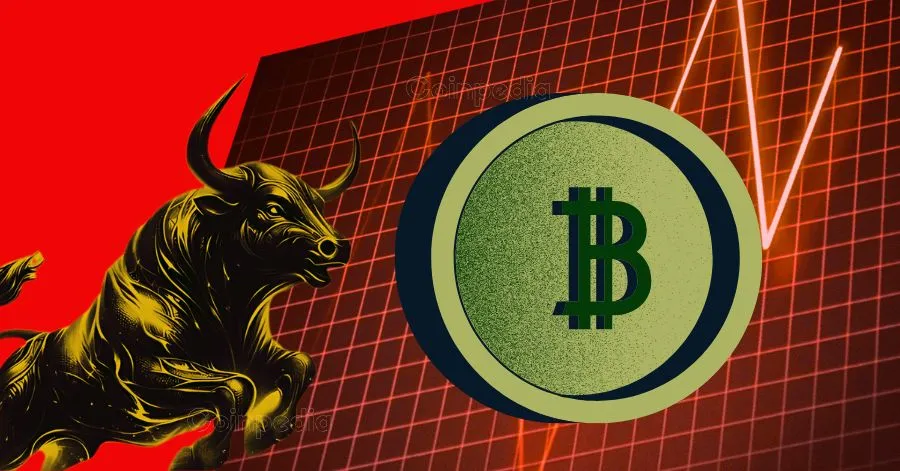
The post Bitcoin Price Prediction Today: Next Target $130,000 appeared first on Coinpedia Fintech News
Bitcoin is currently trading near a critical resistance zone around $94,250, a level known as the golden ratio in Fibonacci analysis. This level is considered highly important in both technical trading and natural patterns, and often marks strong turning points in price. Bitcoin reaching this level suggests the recent rally may be slowing down, and traders are watching closely to see what happens next.
So far, Bitcoin has shown signs of a possible five-wave move from its April low. If this pattern completes, it would be a clear sign of bullish strength and could open the door for further gains. However, if the move turns out to be only a three-wave structure, it may mean that the market is still in a broader bear trend, and this recent rise was just a temporary recovery.
Key support for the current trend is between $84,526 and $88,494. As long as the price stays above this zone, the outlook remains positive in the short term. There is also a minor support zone between $91,047 and $93,581 that could help hold the price up in the coming days.
Traders should keep an eye on these levels. If Bitcoin can hold above support and break past the $94,250 resistance with strong momentum, the next target could be as high as $130,000 in the longer term. However, a drop below support may signal weakness and increase the risk of a deeper correction.






